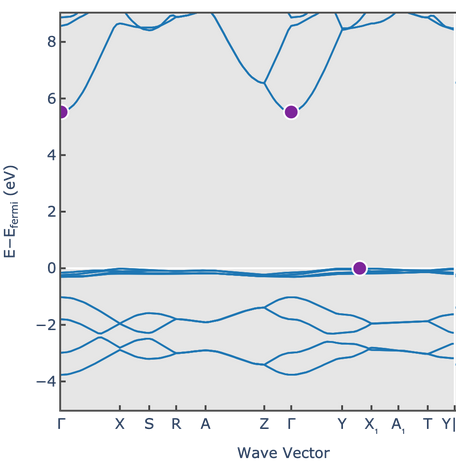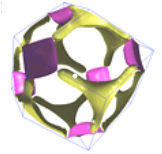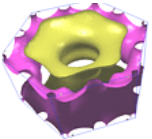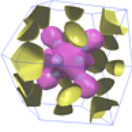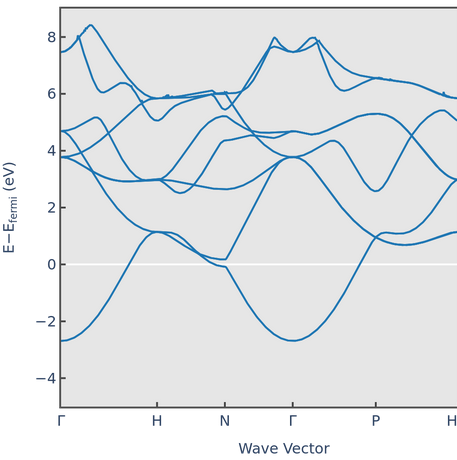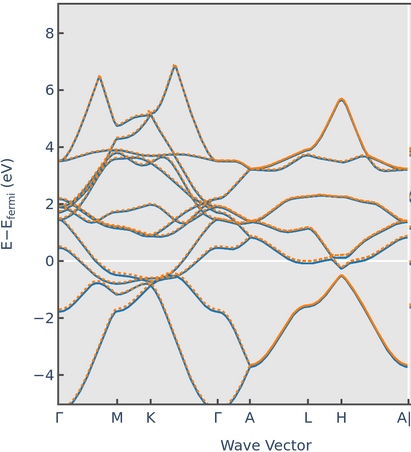Problem 1
(a) The many particle Hamiltonian below is incomplete. All of the signs are missing and the Coulomb terms are not complete. $$H_{\text{mp}}= \quad\sum\limits_i \frac{\hbar^2}{2m_e}\nabla^2_i \quad\sum\limits_a \frac{\hbar^2}{2m_a}\nabla^2_a \quad\sum\limits_{a,i} \frac{ }{4\pi\epsilon_0 |\vec{r}_i-\vec{r}_a|}\quad\sum\limits_{i< j} \frac{}{4\pi\epsilon_0 |\vec{r}_i-\vec{r}_j|}\quad\sum\limits_{a< b} \frac{ }{4\pi\epsilon_0 |\vec{r}_a-\vec{r}_b|} .$$
Here $i$ sums over the electrons and $a$ sums over the atoms. Add $+/-$ signs where appropriate and complete the Coulomb terms.
(b) Write the Molecular orbital Hamiltonian for a He2 molecule.
(c) The bond potential for He2 is shown below. Circle the point on the bond potential where the force between the He atoms is the greatest.

(d) Explain why the bond in He2 is particularly weak.
(e) Express the rotational energy levels of He2 in terms of the mass of an He atom $m_{\text{He}}$ and the equilibrium bond length $r_0$. How many rotational degrees of freedom are there?
Problem 2
Consider an electron in the periodic potential,
$$U(\vec{r})=\cos (x) + \cos (y) +\cos (z)\qquad \text{eV}.$$The distances are given in Ångstroms.
(a) What is the Bravais lattice?
(b) What are the reciprocal lattice vectors of this potential? Don't forget the units.
(c) The intensity of a diffraction peak is proportional to the square of the Fourier coefficient of that reciprocal lattice vector. How many nonzero diffraction peaks would be observed for this potential?
(d) Give two elements of the point group of this crystal as matrices.
(e) Sketch the $E$ vs. $k$ electron dispersion relation for this potential. There is a bandgap at the Brillouin zone boundary. How can you estimate the size of this bandgap?
Problem 3
Water ice can crystalize in many crystal structures. The lattice constants and electron dispersion relation for one of the structures is shown below.

